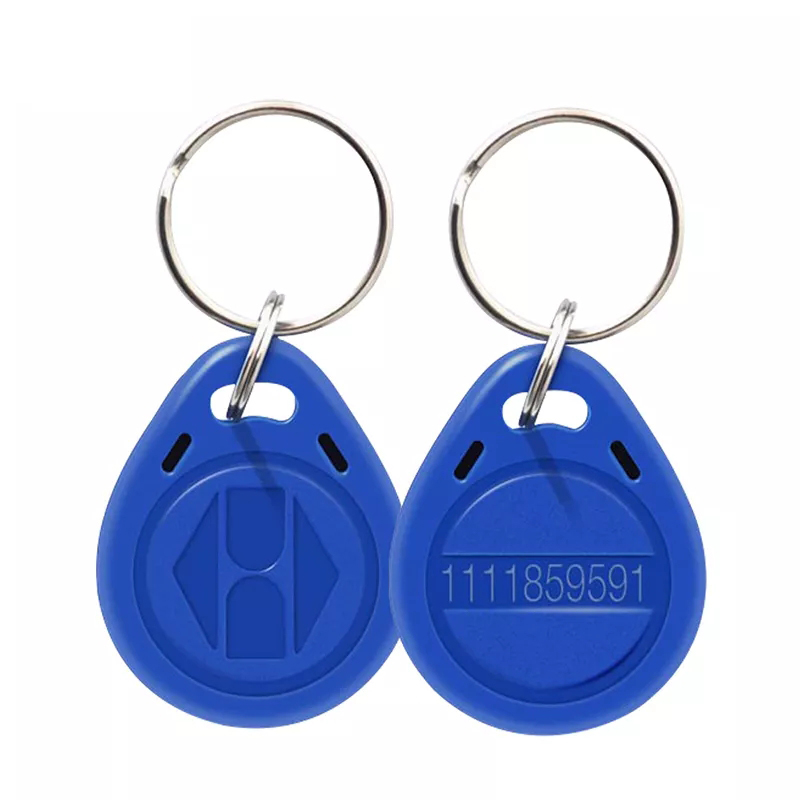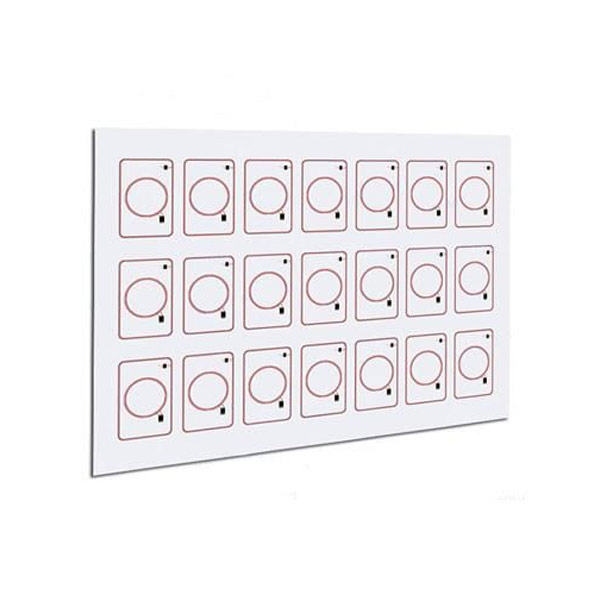ISO 7816-1: 1987 "Identification cards with contacts of integrated circuit cards Part 1: Physical characteristics", the standard specifies the physical characteristics of integrated circuit cards with contacts, such as: contact resistance, mechanical strength, thermal dissipation, electromagnetic field, static electricity, etc., applicable to ID-1 type cards with magnetic stripe and letterpress.

2. ISO 7816-2 : 1988 "Integrated circuit cards with contacts for identification cards Part 2: Contact size and position", this standard specifies the size, position and assignment of each contact on an IC card of type ID-1.
3. ISO/IEC 7816-3: 1989 "Integrated circuit cards with contact points for identification cards Part 3: Electrical signals and transmission protocols", which specifies the power supply, signal structure and information exchange between the IC card and an interface device such as a terminal. This includes signal rates, voltage levels, current values, parity conventions, operating protocols, transmission mechanisms and communication with IC cards.
4. ISO/IEC 7816-4: 1995 "Integrated Circuit Cards with Contact Points for Identification Part 4: Inter-industry Instructions for Interchange", which specifies the content of messages, instructions and responses sent from the interface device to the card (or vice versa); the structure and content of the history characters sent by the card during the reset response; the text volume read at the interface when processing inter-industry instructions for interchange
5. ISO/IEC 7816-5: 1987 "Integrated circuit cards with contacts for identification cards Part 5: Numbering system and registration procedures for application identifiers", which specifies the numbering system for application identifiers (AIDs) and the registration procedures for AIDs, and defines various rights and procedures to ensure the reliability of registration.
6. ISO/IEC 10536-1:1992 "Contactless integrated circuit cards for identification cards Part 1: Physical characteristics", this standard specifies the physical characteristics of contactless integrated circuit cards (CICC) and applies to ID-1 type cards.
7. ISO/IEC 10536-2:1995 "Contactless integrated circuit cards for identification cards Part 2: Size and location of coupling zones", which specifies the size, location, nature and assignment of each coupling zone provided for the interfacing of contactless IC cards of type ID-1 with card coupling devices.
8. ISO/IEC 10536-3:1996 "Integrated circuit cards without contacts for identification cards Part 3: Electrical signals and reset protocols", which specifies the nature and characteristics of the fields provided for power and bidirectional communication between contactless IC cards of type ID-1 and card coupling equipment.
9. ISO/IEC 10536-4: 1996 "Integrated circuit cards without contacts for identification cards Part 4: Interoperability protocols
10.ISO/IEC 11693:1994 "Optical memory cards for identification cards Part 1: General characteristics", which specifies the information necessary to store data on the card, to read data from the card and to provide the physical, optical and data exchange capabilities of optical memory cards in information processing systems.
11.ISO/IEC 11694-1:1994 "Identification cards optical memory cards linear recording method Part 1: Physical characteristics", this standard specifies the physical characteristics of optical memory cards using the linear recording method.
12. ISO/IEC 11694-2:1994 "Identification card optical memory card linear recording method, Part 2: Size and location of accessible optical areas", which specifies the size and location of accessible optical areas for optical memory cards using the linear recording method.
13. ISO/IEC 11694-3: 1994 "Identification card optical memory card linear recording method Part 3: Optical properties and characteristics", which specifies the properties and characteristics of optical memory cards using the linear recording method.





